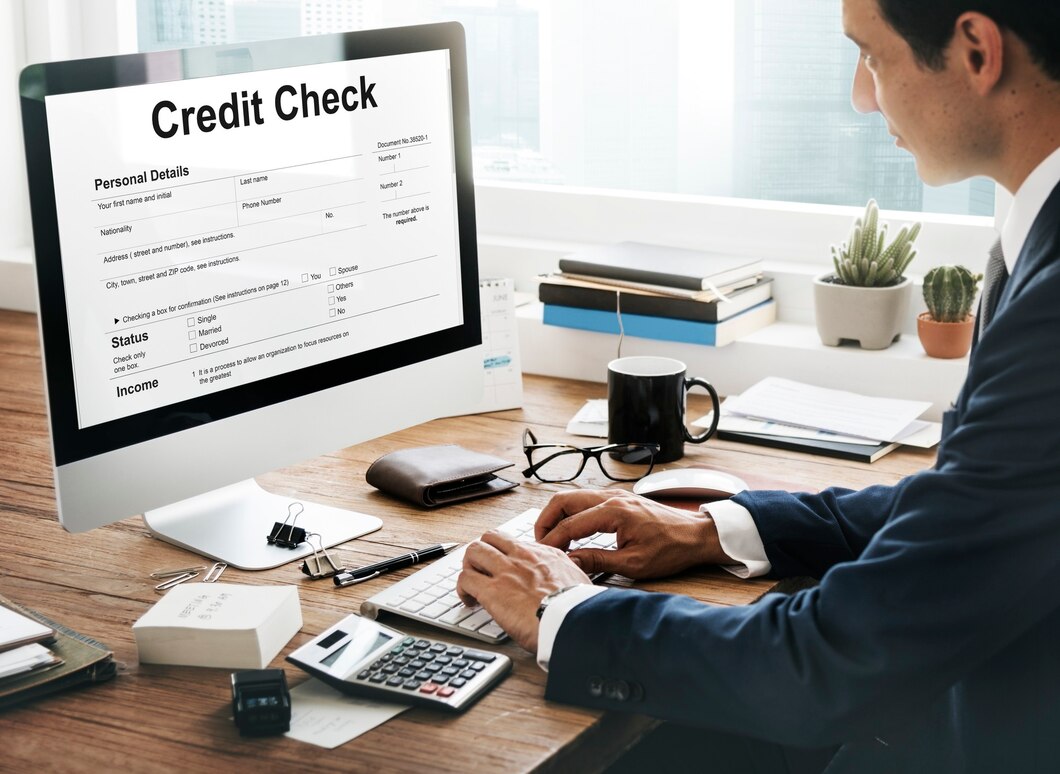Business Payroll Checks: A Simple Guide for Small Businesses
Managing payroll is a critical task for any business, but it can feel overwhelming—especially for small business owners. One key part of this process is issuing business payroll checks. While many businesses are moving to direct deposit, payroll checks are still widely used, and understanding how they work is essential for smooth payroll management.
In this blog post, we’ll explore what business payroll checks are, how they work, and how to make sure you’re using them effectively. By the end, you’ll know everything you need to streamline your payroll process and keep your employees happy.
What Are Business Payroll Checks?
Business payroll checks are physical checks issued by a company to pay its employees for their work. These checks include essential information such as:
- Employee’s name
- Employer’s name and address
- Pay period dates
- Gross and net pay amounts
- Deductions (taxes, insurance, etc.)
For small businesses that don’t use direct deposit or other automated payroll systems, payroll checks remain a convenient and familiar way to compensate employees.
Why Some Businesses Still Use Payroll Checks
Even with the rise of digital payment systems, many small businesses and employees prefer physical payroll checks for several reasons:
- Accessibility: Not all employees have bank accounts that can accept direct deposits.
- Control: Employers have more control over when and how employees are paid.
- Paper trail: Payroll checks provide a tangible record of payment for both employer and employee.
- No setup hassle: Small businesses don’t have to deal with the technical challenges of setting up a digital payment system.
How to Issue Business Payroll Checks
Issuing payroll checks may sound complicated, but once you have a system in place, it’s straightforward. Here’s how you can get started:
1. Set Up Payroll Accounting
Before you can issue payroll checks, you need to establish a payroll system. This includes determining your pay schedule (weekly, biweekly, monthly) and calculating each employee’s gross and net pay, taxes, and deductions.
- Tip: Use payroll software like QuickBooks or Gusto to automate calculations and reduce errors.
2. Print Payroll Checks
Once you’ve calculated each employee’s pay, you can print the payroll checks. Many payroll software systems come with check-printing options, but you can also use pre-printed business checks from your bank.
- Tip: Make sure your checks include all necessary information, such as the employee’s name, pay period, gross pay, net pay, and deductions.
3. Deliver the Checks
You can hand the checks to employees directly or mail them if they work remotely. Ensure checks are delivered on time and in a secure manner.
- Tip: If you mail checks, use tracking to ensure they don’t get lost.
4. Keep Records
Always keep a copy of each payroll check issued. This helps with tracking payments and can be helpful for tax purposes or audits.
- Tip: Store payroll records securely and keep them organized by pay period.
Benefits of Using Payroll Checks
While some businesses have fully transitioned to digital payroll methods, using payroll checks still has its perks. Here are some key benefits:
1. Simple and Direct
Payroll checks are straightforward, especially for small businesses that don’t have complex payroll systems in place. They don’t require much setup and can be issued without any technical knowledge.
2. Easy to Track
Paper checks provide a clear, tangible record of payment. This can be particularly useful for tracking expenses, resolving payroll disputes, or auditing financial records.
3. Preferred by Some Employees
Some employees prefer receiving physical checks rather than direct deposits, particularly if they don’t have a bank account or prefer to manage their money in cash.
Downsides of Payroll Checks
Of course, payroll checks aren’t without their drawbacks. Before committing to issuing checks, here are a few potential downsides to consider:
1. Time-Consuming
Printing and distributing checks takes more time than automated systems like direct deposit. This can add up if you have a larger team.
2. Security Risks
Lost or stolen checks can create headaches for both employers and employees. It’s essential to handle checks securely and ensure they’re delivered safely.
3. Fees
Depending on your bank, there may be fees associated with printing and processing payroll checks, particularly if you need to stop a lost check or handle other issues.
Conclusion
Business payroll checks remain a solid option for small businesses that need a simple and straightforward way to pay employees. While they may not be as fast or automated as digital payment methods, they offer control, flexibility, and a tangible record of payment.
By understanding how payroll checks work and setting up a reliable system, you can ensure that your payroll process runs smoothly and your employees get paid on time.
FAQs
1. What is a business payroll check?
A business payroll check is a physical check issued by a company to pay an employee for their work during a specific pay period. It includes details such as gross pay, net pay, and deductions.
2. Are payroll checks still common?
Yes, while many businesses have moved to direct deposit, payroll checks are still widely used, especially by small businesses or employees who prefer paper payments.
3. How can I start issuing payroll checks for my small business?
Start by setting up a payroll system to calculate pay and deductions, then use payroll software or pre-printed checks to issue payments. Be sure to keep records of each check issued.
4. What are the benefits of using payroll checks over direct deposit?
Payroll checks offer simplicity, control, and a tangible record of payment. They can also be preferred by employees who don’t use banks.
5. Are there any downsides to using payroll checks?
Yes, payroll checks can be time-consuming to print and deliver, and there is a security risk if checks are lost or stolen. Additionally, some banks charge fees for processing checks.

